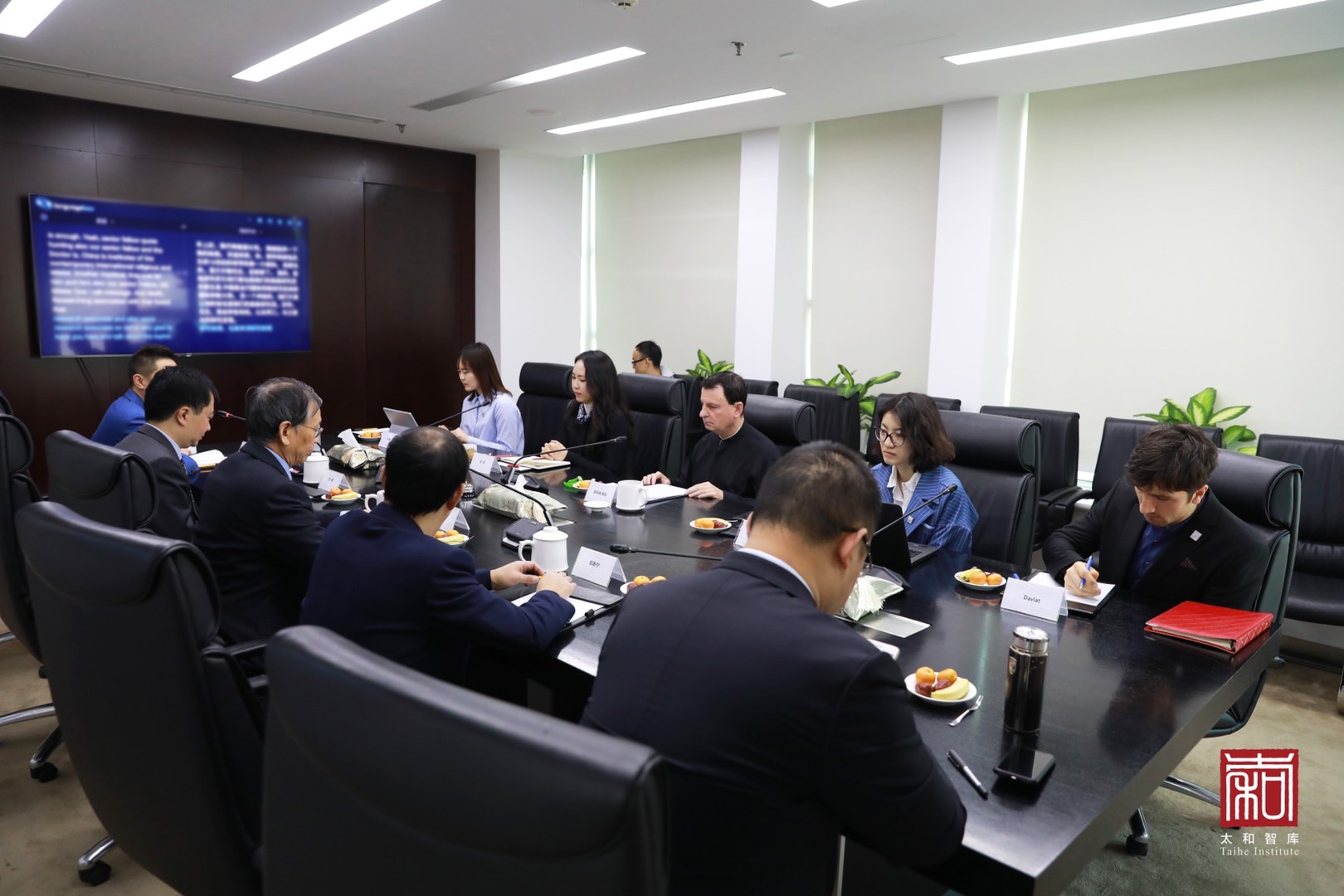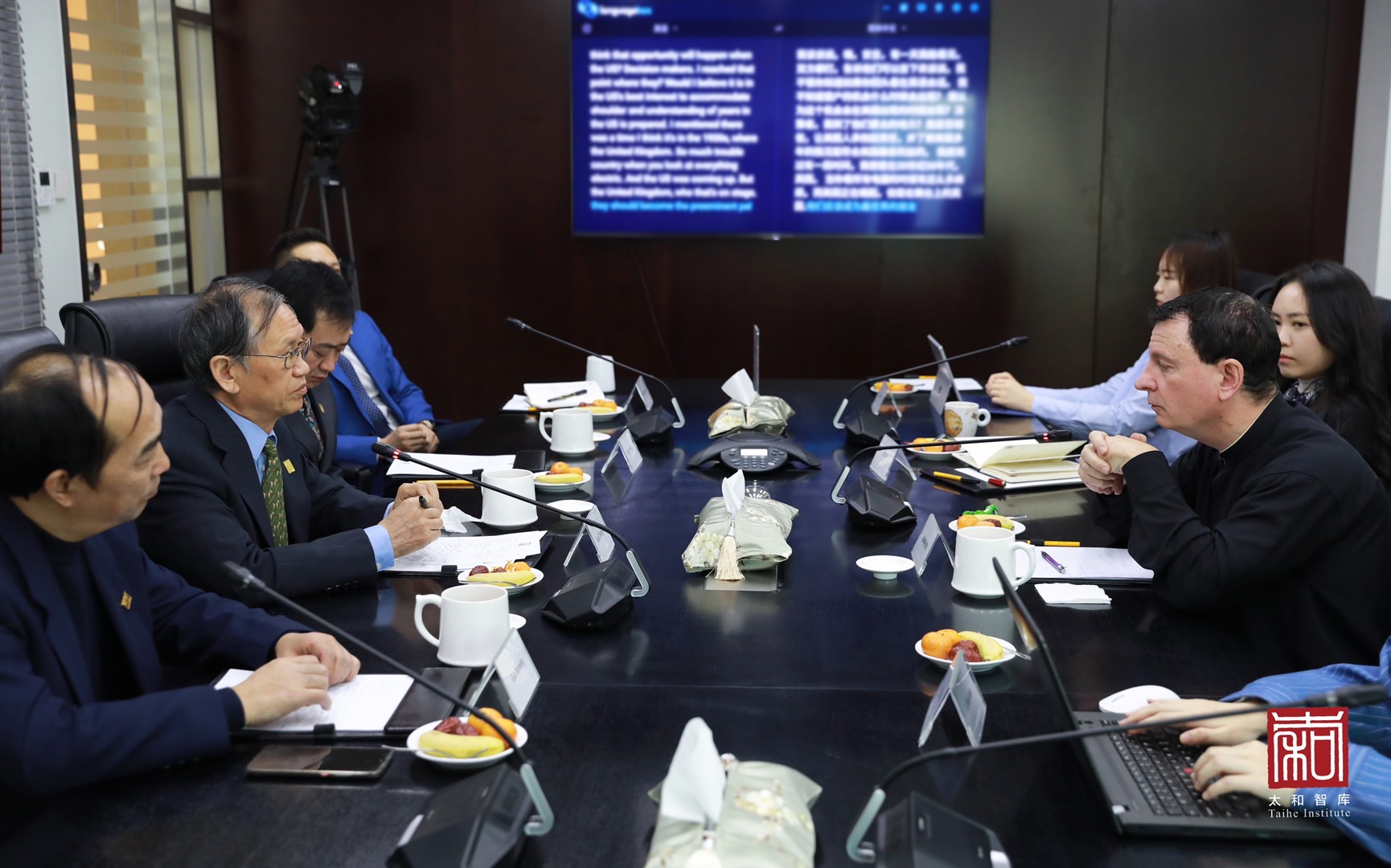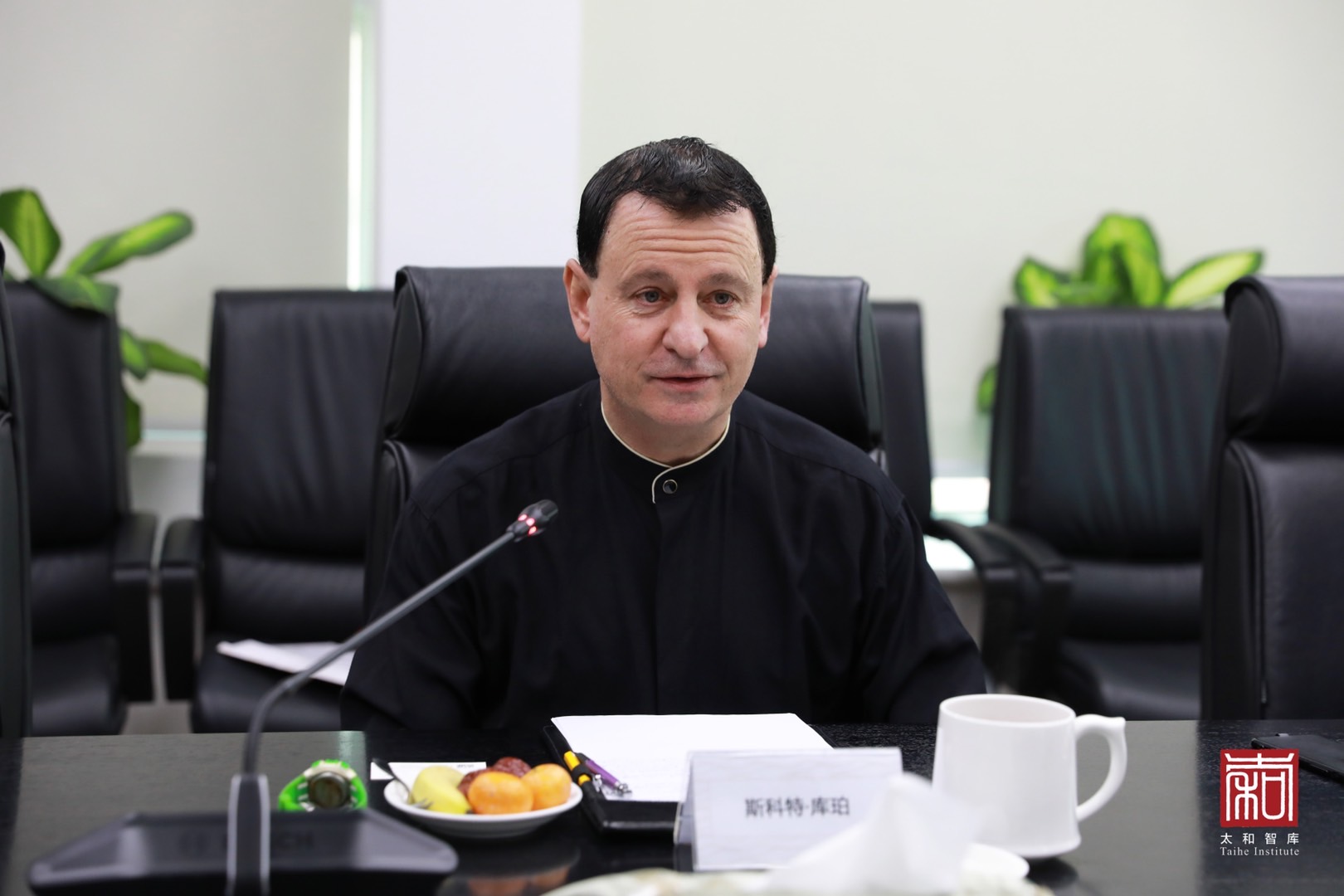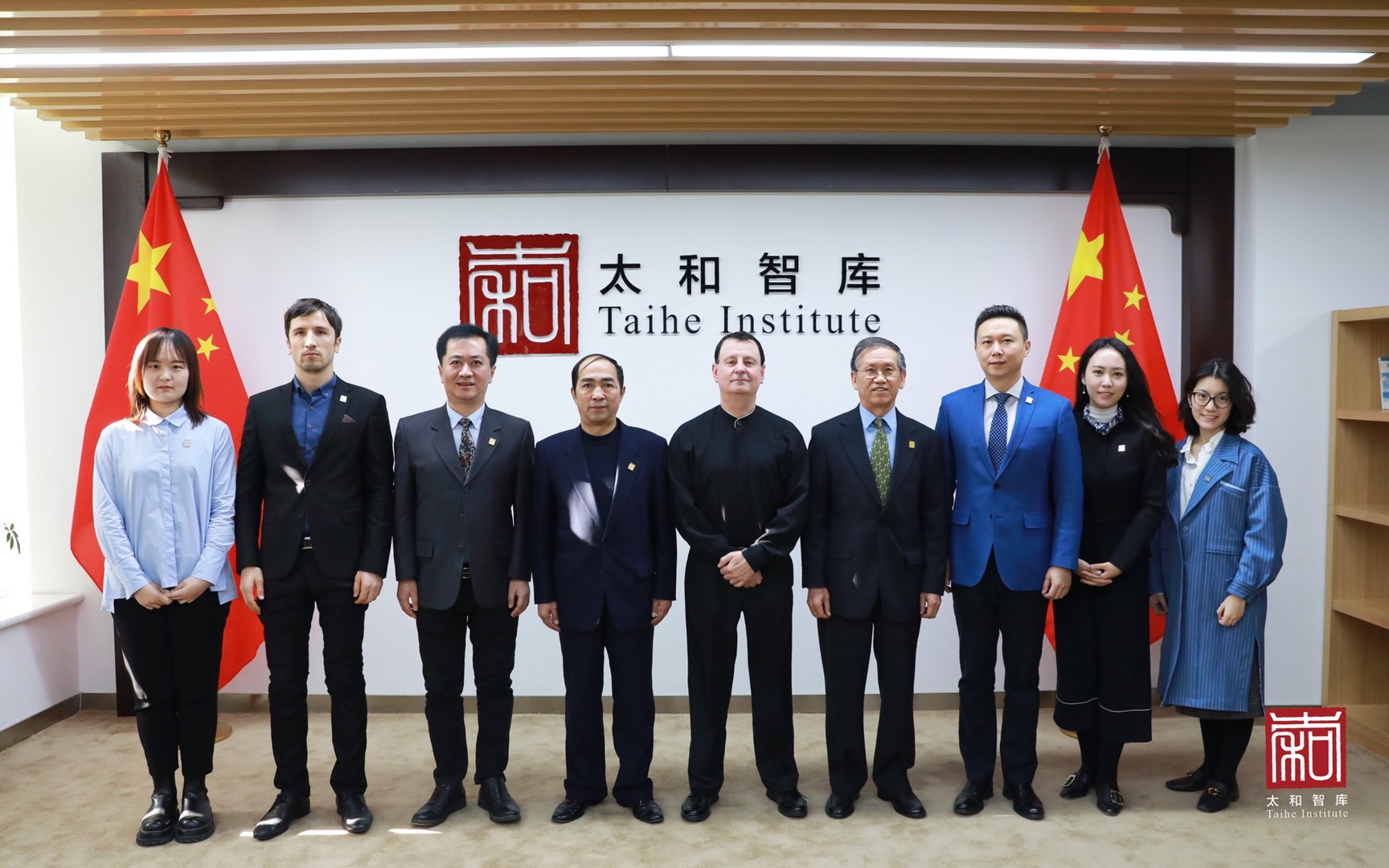Recently, Mr. Scott Cooper, former Director of the South Asia Directorate and the Singapore Comprehensive Strategic Partnership Office, International Policy Division at the Australian Department of Defence visited the Taihe Institute and discussed topics related to international relations in Southeast Asia, South Asia and Indo-Pacific Strategies with a group of Taihe Fellows. The discussion is summarized below.

Firstly, the U.S. was very anxious and apprehensive about China’s rise, not only in terms of the threat to the U.S.’s economic position, but also in the areas of technology, regional military posturing and some global norms that China was questioning, which together presented a substantial challenge to the U.S.’s preeminent position in the world. Second, the U.S. was losing its influence, not only in parts of Asia but in other continents as well. Third, the U.S.’s national strategy was fixated on maintaining its preeminent position in the world, and by arguing that China was trying to become the world’s preeminent power.
The dynamics of China-U.S. relations were determined by the way in which the US defines China as a ‘strategic competitor’ and a ‘revisionist power’. At the core of the US strategy were actions to stymie China’s economic development and preventing it from replacing the U.S. in its preeminent position by imposing various limitation and sanctions, especially in scientific areas and high-tech companies. The dynamics and intentions of America were very clear, namely, to force China to reform its economic, military and influencing activities So that U.S. preeminence is maintained.

The main purpose of the current U.S. strategy in the Indo-Pacific region was to work with allies and partners to constrict China’s comprehensive national power. An example of this was the trilateral “Blue Dot Network” a mutual agreement between the U.S., Japan and Australia focusing on supporting the development of infrastructure“in the Indo-Pacific and around the world”, intended as a direct reaction by the West to China's Belt and Road Initiative. The U.S. was trying to strengthen its partnership with all Indo-Pacific countries, as well as with ASEAN, to counter China’s increasing economic, military and influence power. However, the U.S. was not willing to accept any kind of regional power sharing with China, and that any negotiation between the two countries would not be based on achieving a fair and equitable outcome for both. Moreover, the U.S. government was utilizing all possible methods and leverages to retard China’s progress. Indeed there is an increasing danger that U.S. actions could, in the not too distant future, push China into military action in a number of flashpoints in the Indo-Pacific.
As for Australia-China relations, Australia considered China an important economic partner, and preferred good relations with China to maintain economic growth and regional stability, despite certain negative public perceptions towards China’s rise that might exist, due either to exaggeration by the media, or to some extent, biased coverage. As one of the U.S.’s key allies in the Indo-Pacific, Australia was making great effort to ensure the U.S. remained heavily engaged across the Indo-Pacific, particularly in Australia’s area of interest. These efforts were not without cost. The Australian government had been supportive of many U.S. policies, including Indo-Pacific strategies, but would not blindly follow all of its steps.
Speaking of the President Donald Trump and his administration as well as the future of China-U.S. relations, it was believed that in order to increase his political capital and secure votes for the upcoming election, Trump was only focusing on the trade aspects of the bilateral relationship, while other members of his administration were focusing on other aspects of the relationship. However, a window of opportunity for China-U.S. relations might open in the next 12 months in the lead up to the 2020 U.S. Presidential Election. Unless there were positive developments in the China-U.S. relationship over the next 12 months, the outlook for bilateral relations over the medium term could take a decisive downturn.
—————————————————————
ON TIMES WE FOCUS.
Should you have any questions, please contact us at public@taiheglobal.org



